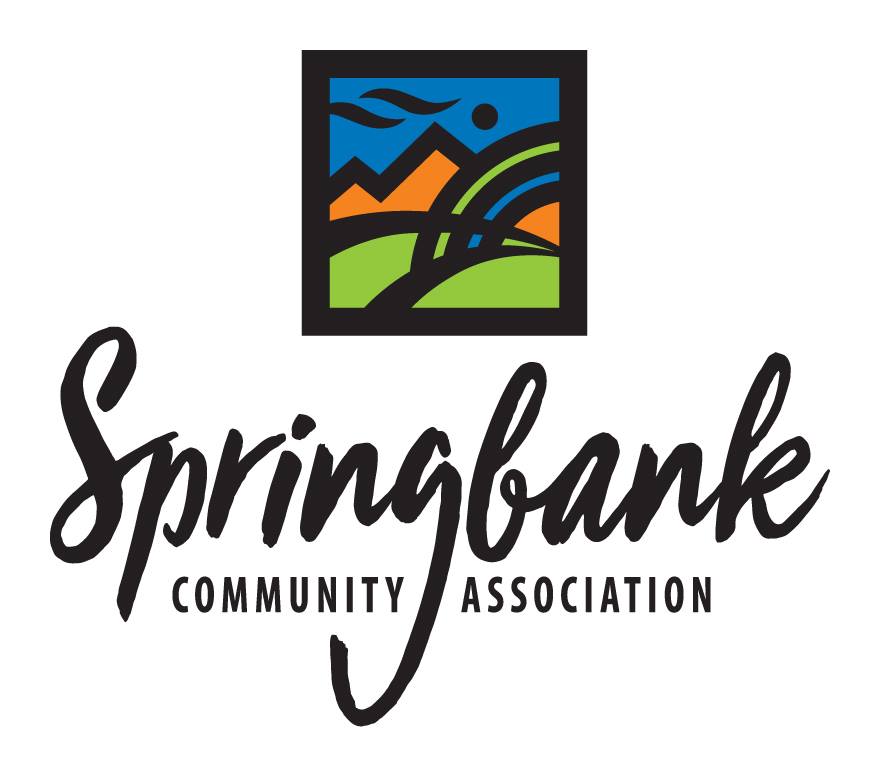Hello!
Summer is a favorite time for many to head outdoors and spend time hiking and exploring. Hiking can be an enjoyable pastime as long as hikers take steps to ensure their own safety. These safety measures can help you enjoy your outdoor adventures to the fullest this summer.
Be an Early Bird: We know. It’s summer and you don’t want to have to think about waking up early. Need some motivation? 11:00 a.m. – 2:00 p.m. is peak temperature time, meaning that if you want to have a nice hike, you’ll need to get an earlier start. Think about it this way: don’t try to complete the whole hike before 11:00 a.m., just try to get the hard part over by the time the temperature spikes. Starting early has the added benefit that if you do need to call for help, we can find you and help you get down in the daylight.
Dress Your Best: The wilderness is no friend to bare skin. Between sunburn, rocks, thorns, sticks, poison ivy, and bug bites, your best bet to stay safe is to cover up. Invest in moisture-wicking long sleeve shirts and pants to protect yourself from the elements. Bring layers to ensure you’re prepared for changing conditions in the mountains.
Obey Your Thirst: An average hike causes your body to lose approximately one liter of water every hour. In especially toasty weather, that amount can double. The solution? Bring a lot of water and sip it consistently. Your body can’t efficiently absorb more than a half-liter of water every hour, so don’t resort to chugging water only when you’re thirsty.
Pass the Salt: Once you replace your body’s water, don’t forget to replace your electrolytes too! Pay close attention to your sodium and potassium intake while you hike. Pack some trail mix for an extended boost of energy that is fueled by complex carbs and throw some electrolyte drink mixes into your pack for a quick fix.
Stop & Smell the Roses: Give your body a break from time to time, especially if you’re hiking in warmer temperatures! Stop and admire the view, stretch your muscles, and let your body cool down before continuing. Bring an extra pair of socks to change out of your sweaty ones while you rest.
Educate Yourself: One of the biggest dangers while hiking in the summer is heatstroke. Know the early signs of heatstroke so that you can protect yourself and any others who may be hiking with you.
Signs of heatstroke:
- Dizziness
- Nausea
- Lack of sweating (even in hot temperatures)
- Headache
- Muscle Cramps
- Disorientation
If these are present, stop hiking immediately. Focus on finding shade, cooling down, and getting off the trail as soon as possible. Don’t hesitate to call 911 and get medical attention!
Plan what you’ll do in case of an emergency: Before heading out, know how you will call or send for help in the unlikely event something bad happens. Will there be reliable cell service? Is someone bringing a fully charged phone and a portable charger? If not: Is someone bringing a personal locator beacon, satellite messaging device that can get emergency messages out by pinging satellites with your GPS data, or satellite phone? If you can’t transmit a message, which one of you will volunteer to go get help?
Tell someone where you’ll be: Let someone that isn’t hiking with you know where you’re going and when you’ll be back so they can alert first responders if you don’t arrive.
Bring a first aid kit: Buy and bring a premade first aid kit containing items like adhesive and elastic wrap bandages and antiseptic. This will help you deal with the most common hiking injuries, like scrapes, ankle rolls, and bug bites. You can find a first aid kit at a drugstore or online. Bring any medications you use on an emergency basis such as an EpiPen or allergy meds. Take a first aid course!
Stay on the trail: For the sake of your own safety, the natural resources, other hikers, and a potential search party, stay on that trail. Your odds of encountering a risky obstacle go up when you step off the path. It’s also easy to get turned around. If you do get lost or incapacitated off-trail, a rescue mission will be much more difficult and dangerous.
Be extra careful on the second half of the hike: The second half of a trip or the end of the day is usually when accidents like falls, slips, and trips happen. Your energy levels are lower, your leg muscles are fatigued, and your mind might be more focused on getting to the finish than the next step. Take your time and be extra careful with your footing.
Be ready to turn back: You’re more likely to make a poor judgment call, ignoring signs your body needs a break, pushing a straggler to keep up, pressing on when a storm rolls in, when you’re hyper-focused on getting to an end point. You’ll find it easier to be flexible if you keep in mind an objective besides the summit, literally or metaphorically. Remember that you’re out there to enjoy yourself. Look at any obstacle in your path as “a great opportunity to enjoy the view and turn around”.
Have a great summer!


























